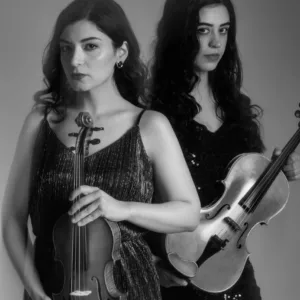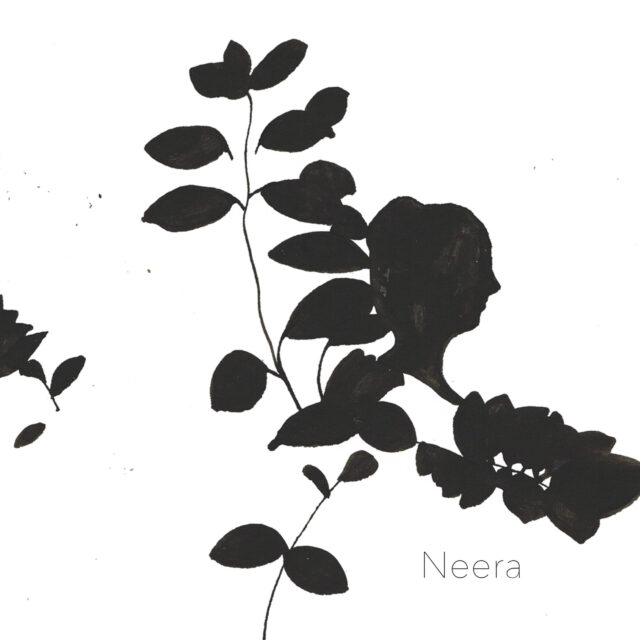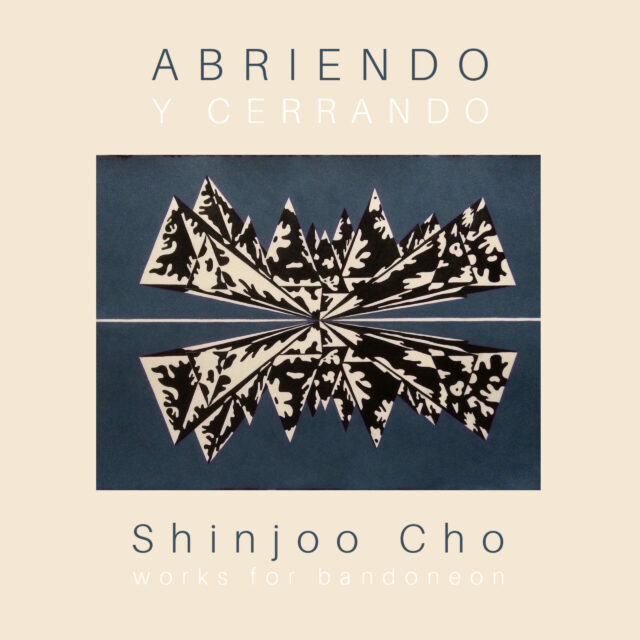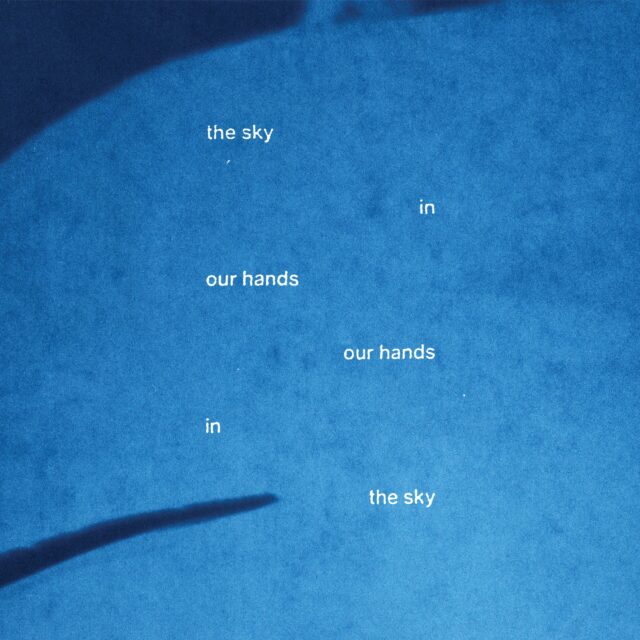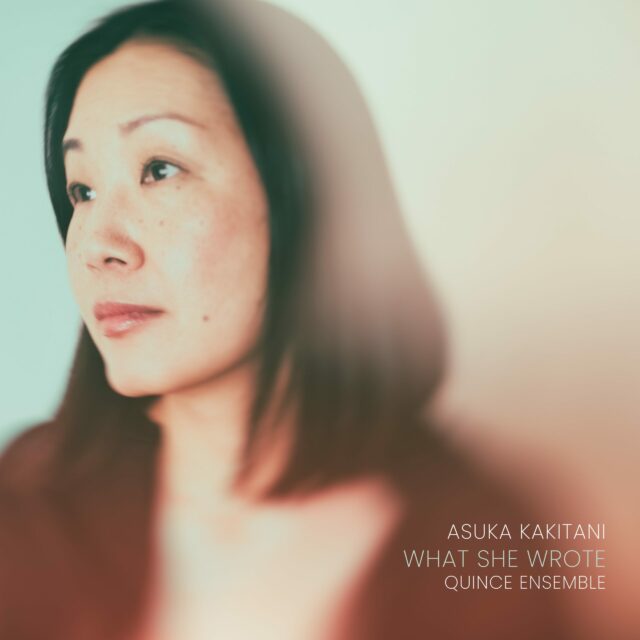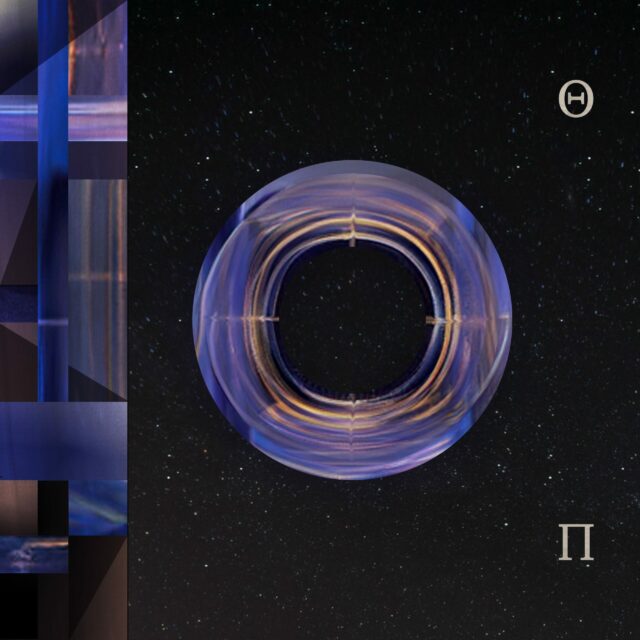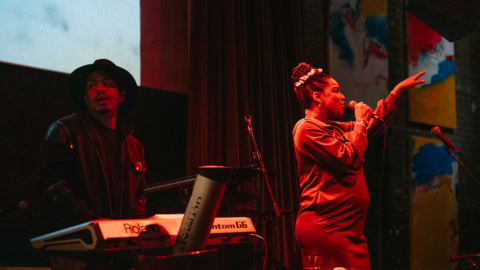Consolation is a song cycle composed by Samn Johnson for vocalist Tis Kaoru Zamler-Carhart, setting Latin poetry from Boethius’s Consolation of Philosophy. It features layers of Tis’s voice accompanied by Samn’s electronics and instrumental recordings.
Boethius wrote the Consolation in 524 AD while awaiting execution after his political downfall. He is visited in prison by the feminine allegorical character of Philosophy. Through their imagined dialogue, it is apparent that both characters are in fact himself, both male and female, both free and captive, facing his own questions about his life choices: money, fame, power—did they make him happy?
Consolation—the album—has been described by composer and music critic Alex Temple as “wildly polystylistic,” but the same can perhaps be said of Boethius’s original. Its mix of poetry and prose carried ancient readers along in the visceral flow of Latin meter, careening between intellectual elegance and sheer terror. Samn’s music hews closely to the maelstrom of Boethius’s emotions, but renders it with different devices. Tis’s voice, the backbone of the album, is pushed to virtuosic limits of range and timbre, spanning over four octaves with an astonishing array of colors and tuning systems. Interviewed by WMBR radio about Samn’s writing for the trans nonbinary voice, Tis says:
Around Tis’s voice, Samn’s electronic orchestra deploys echoes of Renaissance polyphony alongside 808 kick drums and synthesizers, flashes of romanticism, and washes of ambience. Early tuning systems—from Just Intonation to Meantone temperaments—are omnipresent in Samn’s music. For Boethius, who was also a music theorist, these would have not only been shimmering worlds of musical color, but allegories for how the cosmos is ordered. Perhaps the same is ultimately true for Samn, and is part of what binds him to Boethius across the centuries.
Describing this connection, Samn says, “When I first read the Consolation, it immediately drew me in. The practical philosophy felt so accessible, and the huge range of emotion and poetic rhythm was an exciting challenge to adapt. I knew this would push me to draw on a similar range of musical styles, and writing for Tis, whose voice transcends the gendered categories of classical vocal music, felt perfectly aligned with this aim. It’s also a vehicle to explore my religious and spiritual thoughts. We know from other sources that Boethius was a Christian, yet he does not evoke explicitly Christian concepts in his Consolation, instead describing God in the terms of neoplatonic philosophy. Whatever his intent may have been, I find this lack of doctrine to impart an appealing universality to his message, and is part of what makes me want to adapt it for the world I live in. In this text, written from prison, I find something transcendent and liberatory.”
Samn Johnson(he/they) is a composer, producer, and historical linguist. Their work often harnesses research on acoustics and historical phonology to set texts in ancient languages like Latin, Old English, Hittite, and Gothic. Samn has written for a range of performers including Chromic Duo, Righteous GIRLS, and harpsichordist Nathan Mondry. His latest two recordings, both self-released, are Ageless Sea (2022), for chamber choir, chamber orchestra, electronics, and rock band, and First Book for Piano (2022), performing his own piano works. Samn is also half of the synth pop duo Acraea, together with Leora Mandel. He holds degrees in composition from the University of Michigan and NYU, and has taken courses in Indo-European historical linguistics at the University of Leiden in the Netherlands. Samn lives in Kalamazoo, Michigan, where this album was recorded. (www.samnjohnsonmusic.com
Tis Kaoru Zamler-Carhart (they/them) is a singer, composer, writer, designer, visual artist, and medievalist. Tis regularly works with composers who write specifically for their voice. Tis’s own composition output includes opera, chamber. and vocal music, and has been performed around the world. Tis’s books are published by Punctum Books and revolve around Africa, Byzantium, and the fragile boundaries of seriousness (The Royal Conservatoire in The Hague and Parsons School of Design in New York.
